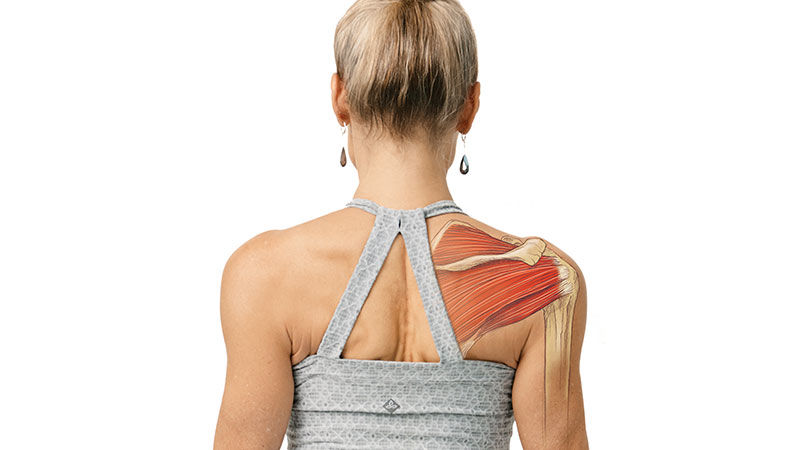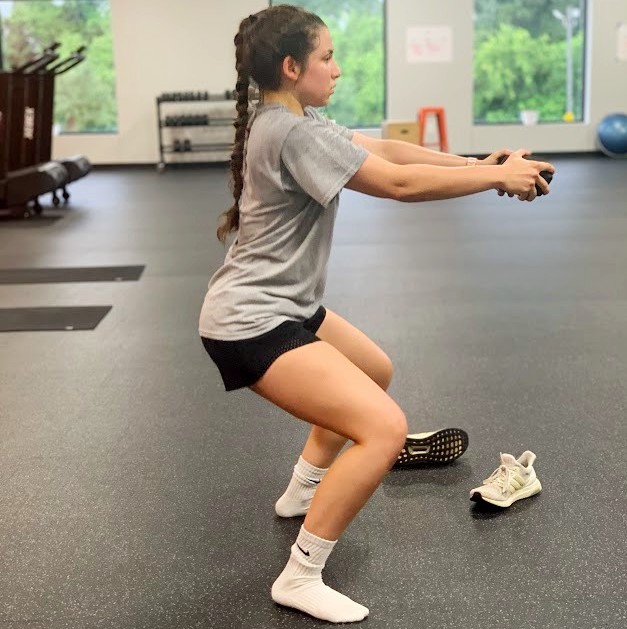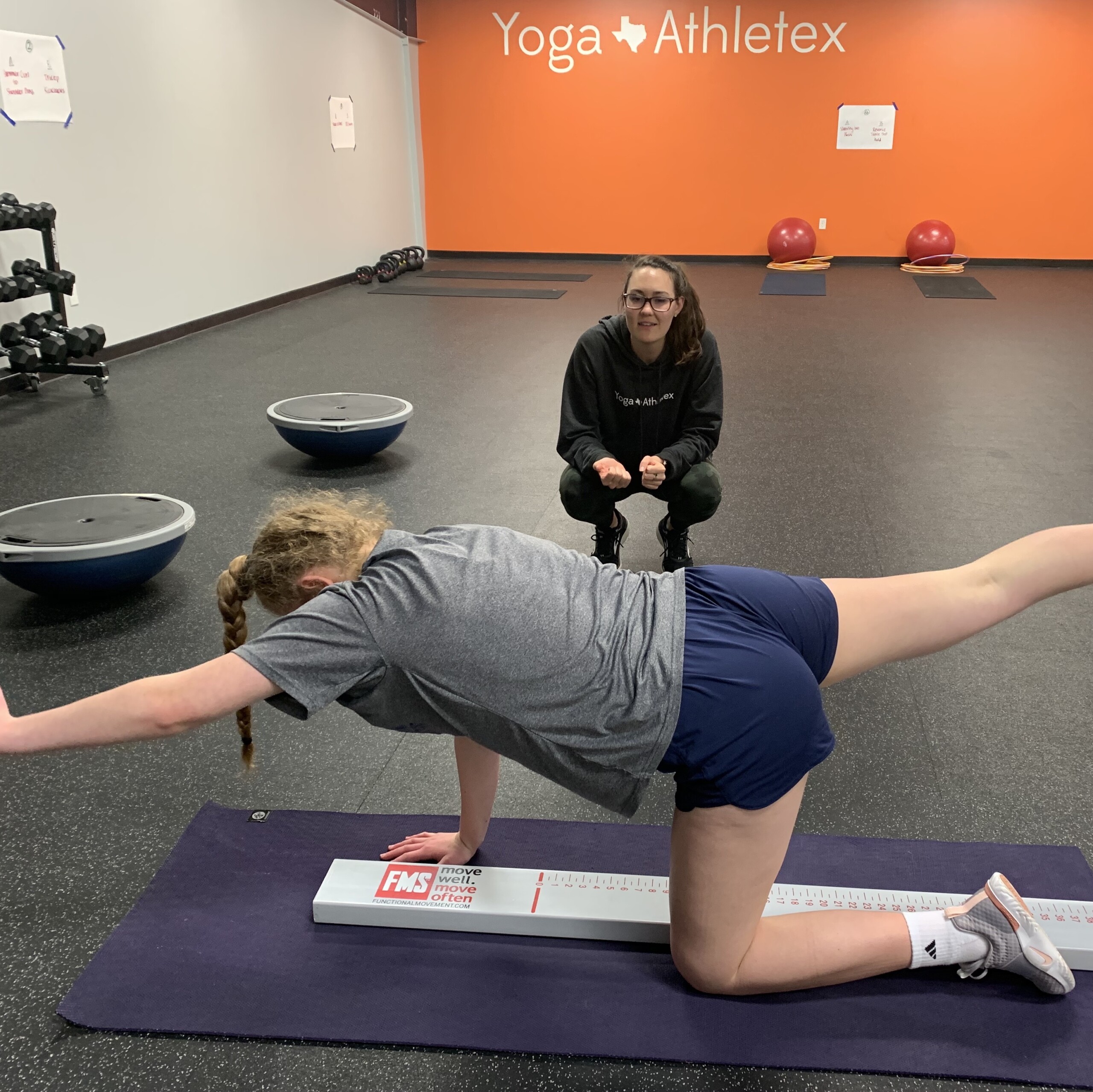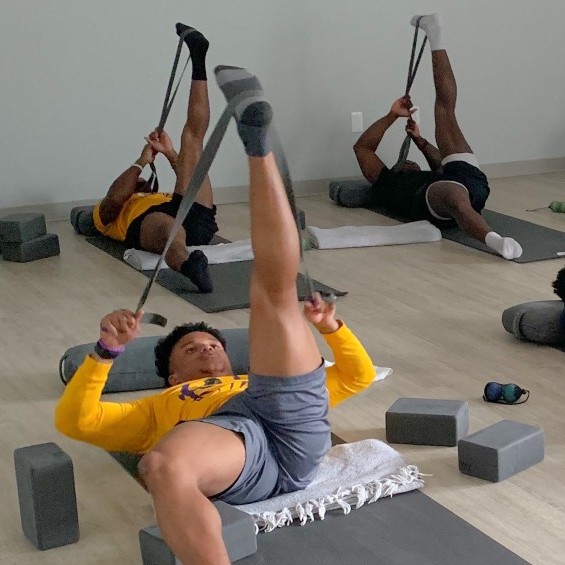The shoulder girdle is the most mobile and arguably the most vulnerable joint in the body. Its mobility was designed to help us climb, hang and even crawl. As we age and are accustomed to the western lifestyle, our shoulders typically tend to move in one direction – forward. We spend the majority of our day on a computer, using our cell phones, driving or pushing a shopping cart. The result is that we are not consistently taking our shoulder through its full range of motion. This repetitive forward reaching causes certain muscles to become overactive while weakening others.
This creates chronic misalignments of multiple muscles in the shoulder complex and eventually leads to pain and injury.
The Muscles
The shoulder is made up of more than a dozen muscles. We will focus on the four that make up the rotator cuff.
The rotator cuff surrounds the glenohumeral joint and helps negotiate the position of the humeral head within it’s socket.
The muscles that originate on the scapula and latch onto the humerus are:
- Subscapularis: Located on the front side of the scapula; internally rotates the arm.
- Supraspinatus: Located on the top side of the scapula; initiates abduction – lifting the arm away from the body.
- Infraspinatus: Largest muscle located on the back side of the scapula; externally rotates the arm and stabilizes the shoulder joint.
Teres Minor: Smallest muscle located on the back side of the scapula; externally rotates the shoulder.
Stabilize the Shoulder
According the Yoga Journal, to keep the rotator cuff injury free, it’s crucial to stabilize the entire shoulder girdle when you place weight on your hands – like in High Plank.
The two key muscles that stabilize the scapulae against your rib cage at the scapulocostal (ScC) joints are the serratus anterior muscles (which protract the shoulder blades, pulling them away from the spine) and rhomboids (which retract the shoulder blades, pulling them toward the spine). While the serratus anterior and rhomboids have opposing actions, they work together to help keep your scapulae from winging off your back and wreaking havoc on the rest of your shoulder joints and muscles.
You can find this motion in our THIS WEEK! We work scapular stability during our active rest stations.
Prevent the Common Injuries
There are two very prevalent shoulder injuries that occur in most athletes – rotator cuff bursitis/impingement and biceps tendinitis. Rotator cuff bursitis/impingement typically refers to inflammation caused by excessive use. If the shoulders are out of alignment repeatedly in weight bearing poses and exercises, the supraspinatus and its bursa can become impinged. The result is pain.
When pain exists in the front of the shoulder, it can mean the biceps tendons are irritated. Again, this is probably due to misalignment in movements such as chataranga.
Get Started with a Movement Screen
Keep your shoulders healthy and avoid injury by starting with a movement screen and corrective exercises!

STAY IN THE LOOP!
Subscribe to our free newsletter.
An FMS screen and corrective exercise will get you moving optimally.
Find out if you're moving optimally or inadequately.
Prevent injury with a Functional Movement Screen and corrective exercise plan.



